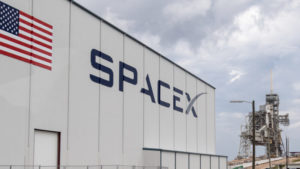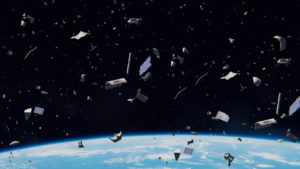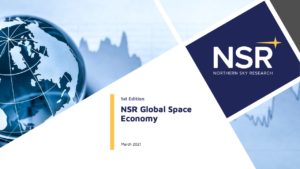Gov/Mil: Optical Satcom Ignitor or Propellant?
Government and military customers have been at the epicentre of demand for optical satellite communications as it transitions from nascent and equipment-centric to a robust emerging ecosystem. Organizations such as SDA, DARPA have been key facilitators for this move through multiple contracts for their planned Tranche 0, Tranche 1 and Blackjack constellations, and research programs.





